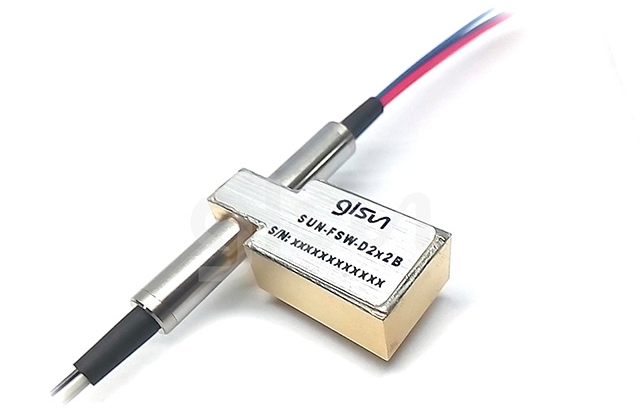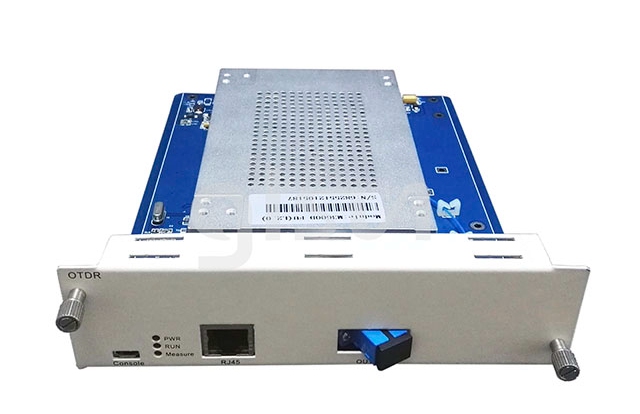Fiber Optic Tech
What Does an Optical Switch Do in Fiber Optic Network
Optical Switch (OS) is a device used to close an optical circuit and selectably convert, logically switch the optical signal transmission in optical paths. An optical switch has one or more inputs ports and two or more output ports that is usually called 1xN or NxN optical switch.
Performance Parameters of Optical Switch
The quality of optical switches depends on fast switching speed, high isolation, low insertion loss, insensitivity to polarization and reliability. The applications in different fields have different requirements for its parameters. Main characteristic parameters of optical switches:
1. Insertion Loss
2. Return Loss: the ratio of the optical power returned from the input end to the input optical power.
3. Isolation: the ratio of the optical power of two isolated output ports.
4. Crosstalk: The ratio of the input optical power to the optical power output from the non-conducting port.
5. Extinction Ratio: The difference between the insertion loss of the two ports in the conducting and non-conducting states. ER=IL-IL0
6. Switching Time: The time required for the switch port to turn on or off from a certain initial state. Count from the moment when energy is applied or removed from the switch. Optical switches and optical amplification, optical signal storage, etc. are all optical device materials. The optical switch can be operated within picoseconds (10-12 seconds). At present, it is based on lithium niobate and gallium aluminum arsenic compound, formed from the electronics industry.

Applications of Optical Switch
Optical switch is a key component to protect, complete and break an optical path in the nowadays optical network. The application range of optical switches as below:
1. Optical Protection Switching System for Network
Optical switches are usually used for network failure recovery. When fiber breaks or other transmission failures occur, optical switches are used to implement signal detours, switching from the main route to the backup route. This kind of protection usually only needs the simplest 1X2 optical switch.
2. Real-Time Cable Monitoring System of Network Performance
Connecting multiple optical fibers to an optical time domain reflectometer through a 1xN optical switch at the remote optical fiber test point, the monitoring of all optical fibers will be realized through optical switch inversion. In addition, optical switches can be also used to a network analyzer into the optical fiber line to realize online network analysis.

3. Testing of Optical Devices
Multiple optical devices are usually tested on optical path connected through optical fibers. 1xN optical switches can be used to monitor the signals of each fiber channel while the fiber optic devices are testing.
4. OADM & Optical Cross-Connection
Optical add-on multiplexers are mainly used in ring-shape metropolic networks to realize single wavelength and multiple wavelengths switching freely up and down from the optical path without electrolytic multiplexing or multiplexing process.
Realized by the optical switch, the OADM can dynamically move up and down any wavelength through software control, which greatly increases the flexibility of network configuration. Composed of an optical switch matrix, OXC is mainly used for cross-connection of core optical networks to realize fault protection of optical networks, dynamic optical path management, and flexible addition of new services.
Besides the above mentioned, optical switches are also widely used in light source control in optical fiber test, construction of the switching core of OXC equipment, optical add/drop multiplexers, multi-point fiber sensor systems, optical components or systems testing and measurement etc.



















